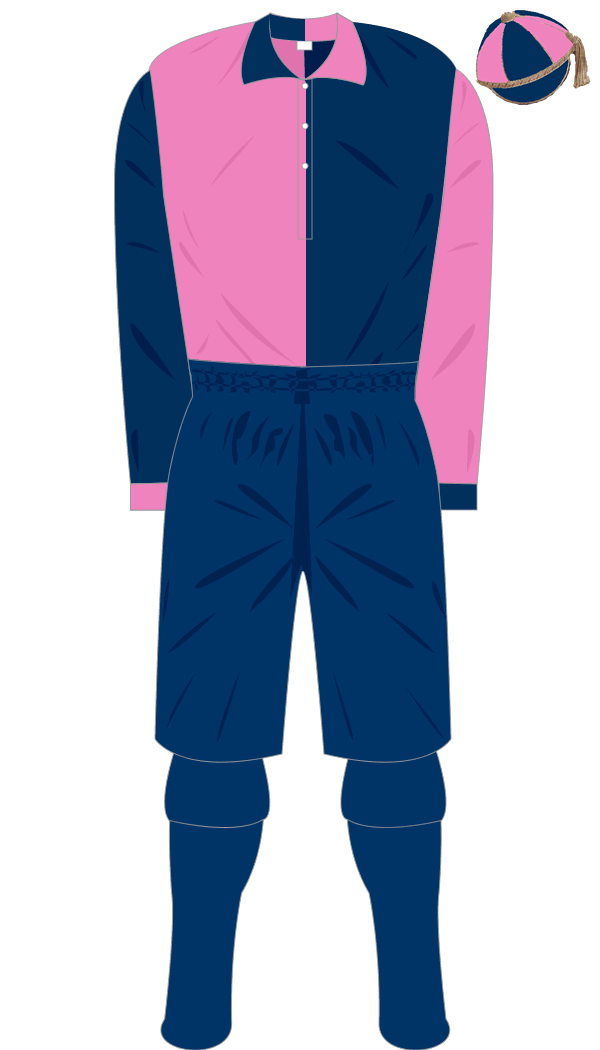Myth or fact?
 Luton Town F.C. were formed as a result of a merger/amalgamation between Wanderers and Excelsior. Myth – the meeting on 11th April 1885 advertised by placard and was a public meeting open to everyone. It was NOT a meeting of the Wanderers and Excelsior committees to thrash out a merger. Most football lovers in the town attended and were able to address the meeting. The only motion put forward and carried was “that this meeting establish a Town Football Club to be called ‘The Luton Town Football Club’.”
Luton Town F.C. were formed as a result of a merger/amalgamation between Wanderers and Excelsior. Myth – the meeting on 11th April 1885 advertised by placard and was a public meeting open to everyone. It was NOT a meeting of the Wanderers and Excelsior committees to thrash out a merger. Most football lovers in the town attended and were able to address the meeting. The only motion put forward and carried was “that this meeting establish a Town Football Club to be called ‘The Luton Town Football Club’.”
The first shirt was pink and dark blue. Fact – the newspaper report of the meeting and the club minute book confirms these colours were agreed on the 11th April 1885. The only mention I have found of the layout of the shirt comes from a 1926 Luton News article which stated that the shirt was pink and blue halves. There is no known photo of this shirt.
There was an agreement that the team after 11th April 1885 would be made up of 5 ex Wanderers and 6 ex Excelsior one week and the reverse the following week. Myth – There is no evidence to support this – the first game saw 8 ex Wanderers and 3 ex Excelsior players in the team.
Luton Town played on the Excelsior ground from October 1885. Fact – Dallow Lane had many meadows and it appears that Excelsior used the one nearest to Dunstable Road. Luton Town took it over. Luton Wanderers had the pitch next to it. The two grounds were separated by a temporary fence. Luton Albany also played in Dallow Lane.
J.C. Lomax scored Luton Town’s first ever goal. Fact – John Charles “Charlie” Lomax scored the first goal against Higham Ferrers Rovers on the 3rd October 1885 after 15 minutes play. In the second half he scored his second and together with a goal from Albert Deacon gave the Straw Plaiters a three nil win.
The first F.A. Cup goal scored in the town was by Edward Ellingham for Luton Town in a 3 1 defeat by Hotspur (not Tottenham) in October 1886. Myth – Luton Wanderers played the Old Etonians in November 1884 when Robert Ellingham scored in a 3 1 defeat at Dallow Lane.
Luton Town played in cochineal coloured shirts. Myth – the description “cochineal” was never used at the time. The two nearest shirt colours worn by the team were known as Cardinal Red and Claret.
There was a claret Luton Town shirt hanging in a pub in the town until the 1960’s. Unknown – Lots of pubs were demolished around the town in the 1960’s and 70’s. Did you see such a shirt? Do you know who has it?
Luton Town were the first professional club in the South of England. Fact – Arthur Taylor was paid 5 shillings in January 1886 for loss of wages so he could leave work early in Bedford to play in the away game at Dulwich. This payment probably breached his amateur status and was thus the act of a professional. The club also bought players shin pads in 1888 which was an additional breach of the amateur status. Three players, Tom Read, Harry Whitby and Frank Whitby were offered contracts paying 5 shillings a week in December 1890. These offers were accepted making them the first contracted players in the South of England.
Players regularly complained of smoke getting in their eyes on the Dallow Lane ground from passing trains. Partial – Having read all the newspaper reports I have only seen this mentioned once when an open goal was missed by a Luton player. The goal at the Dallow Lane ground backed on to the railway line to Dunstable.
Luton Town made a loss in the 1896/97 season so had to sell their Dallow Lane ground. Myth – The club did not own the Dallow Lane ground. The land was owned by the Crawley family of Stockwood House. As early as 1895 the council made known their wish to build a school on the site of the ground. The Crawley family agreed so the club had to seek an alternative ground.
In the first meeting of the clubs, the Watford players were chased from the ground all the way to the railway station by an angry mob of Luton Town fans who threw stones. Myth – This story comes from a book on Watford F.C. and contains no evidence in support. When researching this claim, I was not helped by the various dates of formation claimed by Watford – 1898 is the official year but 1892 and 1881 are also erroneously mentioned. From my research of the first games after all three of these dates, I have found no evidence of such a disturbance. At a time when the newspapers reported broken bones when someone slipped over on the ice, this incident would definitely have made the headlines. It may be that there was a minor incident which was exaggerated. It may also be a lazy way to explain the start of the rivalry between the clubs without doing the necessary research.

